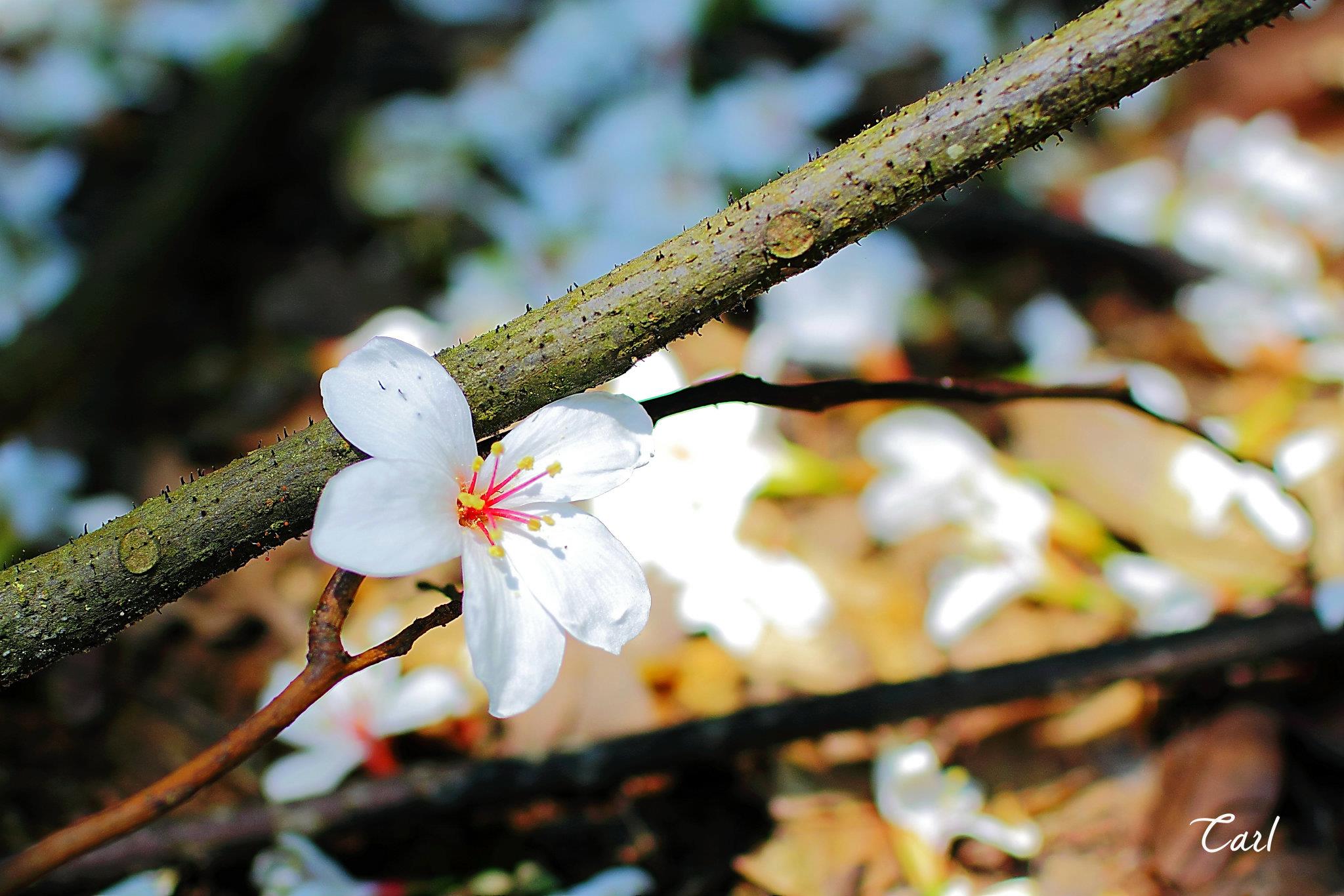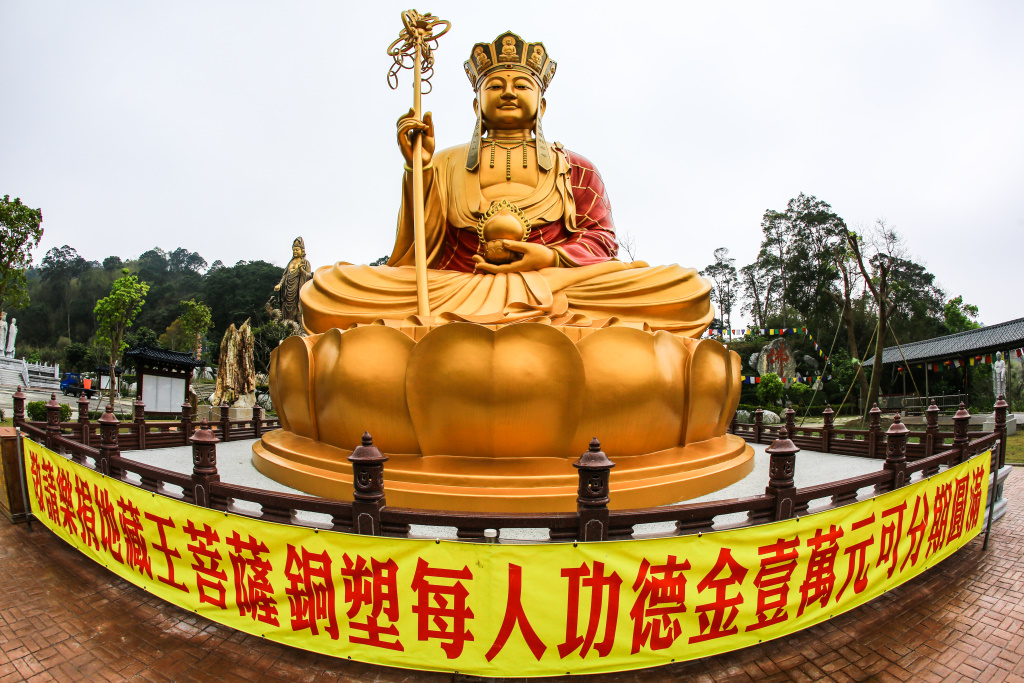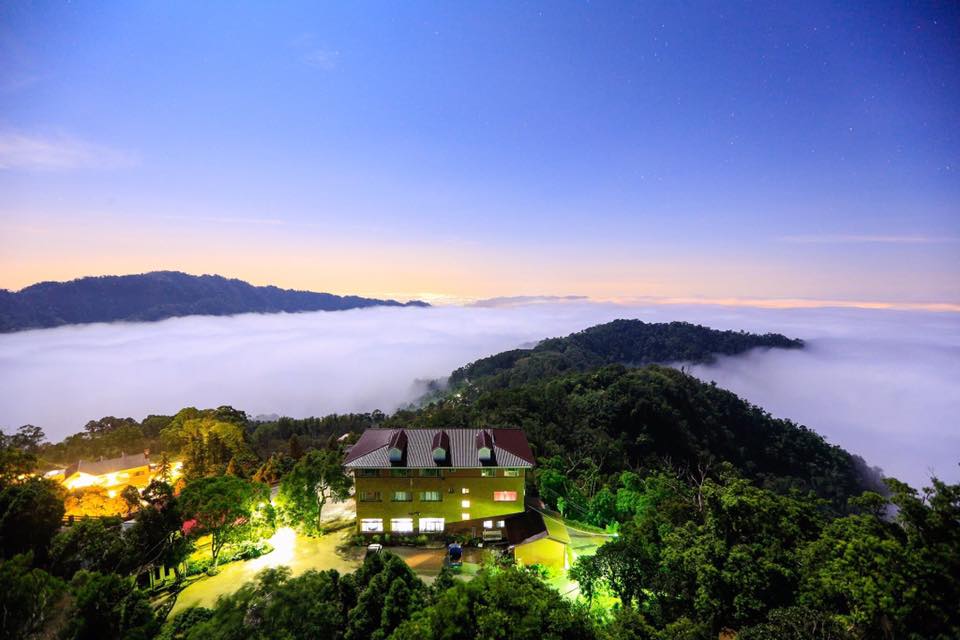
夏之雪-賞油桐花海
每到四、五月份沿著中山高速公路往南,經桃、竹、苗沿線,只要往路旁一瞧,竟然出現一片雪白有如雪花飄覆於綠樹般的景致,非常特別。這可不是真的雪,而是台灣中低海拔山區常見的油桐花盛開的美景。全台灣有許多觀賞油桐花的地方,像是北台灣就有土城桐花節,但如果想定點體驗花海之美,三義的西湖度假村內有一條油桐林道,可讓你大飽眼福。
Summer Snow-Tung Oil Tree Flowers
Each year during April and May travelers on the Sun Yat-sen Freeway upon reaching the Taoyuan, Hsinchu, and Miaoli area will pass by numerous trees with snow-white flowers. These are Tung oil trees, a common sight in the lower to mid-altitude regions of Taiwan. There are many places in Taiwan, where these beautiful flowers can be seen. The town of Tucheng(土城), southwest of Taipei, even celebrates a Tung Oil Tree festival each year. One of the best places to see Tung oil trees is West Lake Resortopia recreational park in Sanyi.
群山環繞的三義鄉,蓊鬱林景蘊含豐富生態,歷史文化背景造就「臺灣木雕王國」。路線規劃兩大主題,分別為「客家庄藝文體驗」與「舊山線鐵道追尋」,以藝文與歷史作為出發現,透過在地木雕文化、客家技藝與歷史景點遊歷,帶領大家深度體驗三藝慢城生活。
Surrounded by mountains, Sanyi possesses a wealth of forest lands with rich ecological resources. The historical and cultural background has made it become the “Taiwan Woodcarving Kingdom.” The route planning of the light travel is divided into two major themes: “Experiencing Hakka Culture and Art” and “Tracking down Old Mountain Line Railways.” Starting from artistic and historical perspectives, the travel will lead us to experience the slowing life in Sanyi through the wood carving culture, Hakka crafts, and historical travelling attractions.

三義木雕之鄉邀您來作客
每年十月擴大舉辦的「三義木雕藝術節」已成為台灣十二節慶的重要活動。活動期間,每每吸引國內外旅客與木雕藝術愛好者前來苗栗縣三義鄉,除了參觀木雕工作室、選購販美的木雕藝術品、觀摩木雕師充滿力與美的現場創作絕技外,還能順道品嚐道地的客家小炒、艾草糕點及客家擂茶等地方風味小吃。
Sanyi Wood Sculpturing Festival October 15~30
In order to promote Sanyi as a tourist spot, the ROC Tourism Bureau has listed the annual Sanyi Wood Sculpturing Festival(三義木雕藝術節)- staged each Auggust – as one of the 12 major cultural festivals in Taiwan. During the time of the festival, visitor are invited to come to Sanyi and watch the artist at work. This is a great opportunity to learn about wood sculpturing and take home some unique souvenirs. At the same time you’ll have the chance to taste delicious Hakka cuisine, including stir-fried dishes, glutinous rice cakes and “Lei” tea.
三義是一個保有傳統客家文化的山城小鎮,當地盛產樟木,日據時代開始就有木雕師以樟木製作成屏風、茶盤等木刻製品,因精巧的技藝而廣受歡迎,木刻業從此落地生根,逐漸興盛。
Sanyi(三義)is a small mountain town of traditional Hakka culture. Since the area around Sanyi has rich resources of camphor tree, wood sculptors started to create wooden items such as screens and tea plates of this wood early on during the time of Japanese occupation. The highly skilled artists made a name for themselves and the wood carving business started to flourish.

客家美食獨霸味覺
嗯~山城中飄來陣陣的菜香,沒錯!客家小炒可是聞名全台的料理。勝興車站的兩旁有許多特色餐廳,每到用餐時間,老饕們便聚集於此。三義鄉的居民以客家人居多,品嚐道地的「客家菜」以香味濃且非常下飯為其特色,像各類「客家小炒」就極具代表性。其他有名的客家菜包括:梅乾扣肉、五更腸旺,鹽焗雞、薑絲肥腸等也不能錯過。
Unique Sensations of Hakka Cuisine
The flagrant smell of delicious dishes fills the air of this mountain town and it is obvious why the Hakka people are worldwide known for their stir-fried dishes. Close to Shengxing Railway Station you’ll find many authentic Hakka cuisine restaurants where connoisseurs gather during lunchtime. The majority of Sanyi’s population are Hakka people and therefore the township is one of the best places to discover the wonders of Hakka cuisine. Besides stir-fried dishes you should also try steamed pork with preserved vegetables, salt-roasted chicken, pig’s intestines with ginger, etc.
勝興車站
勝興火車站是台灣縱貫鐵路最高點,海拔標高402公尺,建於西元1903年,迄今已有百年歷史。勝興站的站房建材完全使用木條、木板,不施半根鐵釘而能牢固,相當特殊。此外,勝興車站附近為低海拔之螢火蟲產地,有眾多的黑翅螢、大黑端螢、紅胸扁螢等繁殖於此,每年4月至5月初是最佳的賞螢季節,最好的賞螢時間則是太陽下山至晚上九點之間。
Shengxing Railway Station(勝興火車站)
Shenxing Railway Station is located at the highest point of the western trunk line, 402 meters above sea level. Built in 1903, it is nearly a hundred years old. It is remarkable for it is built entirely of wood without the use of nails. In the vicinity of Shengxing Railway Station is an important low-altitude habitat for light bugs. The best time to watch light bugs flying in the sky is from April to early May early in the evening after sunset.
龍騰斷橋
舊稱「魚藤坪」的龍騰斷橋,是日本人於1905年所建,以紅磚砌成,結構紮實堅固,施工精良,被譽為台灣鐵路的藝術極品。歷經1935年4 月21日與1999年9 月21 日的二次大地震,橋身雖已損壞,但橋基仍在,別有一番懷古風情。
Remains of Longteng Bridge(龍騰斷橋)
Longteng Bridge(龍騰橋)was built by the Japanese in 1905. The red-brick bridge was known for its simple and solid construction and became famous as one example of Taiwan’s railroad art. On April 21, 1935, the bridge was destroyed by an earthquake. Despite another devastating earthquake on September 21, 1999 the ruins of the bridge are still standing and can be seen south of Shengxing Railway Station.
嗯~山城中飄來陣陣的菜香,沒錯!客家小炒可是聞名全台的料理。勝興車站的兩旁有許多特色餐廳,每到用餐時間,老饕們便聚集於此。三義鄉的居民以客家人居多,品嚐道地的「客家菜」以香味濃且非常下飯為其特色,像各類「客家小炒」就極具代表性。其他有名的客家菜包括:梅乾扣肉、五更腸旺,鹽焗雞、薑絲肥腸等也不能錯過。
Unique Sensations of Hakka Cuisine
The flagrant smell of delicious dishes fills the air of this mountain town and it is obvious why the Hakka people are worldwide known for their stir-fried dishes. Close to Shengxing Railway Station you’ll find many authentic Hakka cuisine restaurants where connoisseurs gather during lunchtime. The majority of Sanyi’s population are Hakka people and therefore the township is one of the best places to discover the wonders of Hakka cuisine. Besides stir-fried dishes you should also try steamed pork with preserved vegetables, salt-roasted chicken, pig’s intestines with ginger, etc.
勝興車站
勝興火車站是台灣縱貫鐵路最高點,海拔標高402公尺,建於西元1903年,迄今已有百年歷史。勝興站的站房建材完全使用木條、木板,不施半根鐵釘而能牢固,相當特殊。此外,勝興車站附近為低海拔之螢火蟲產地,有眾多的黑翅螢、大黑端螢、紅胸扁螢等繁殖於此,每年4月至5月初是最佳的賞螢季節,最好的賞螢時間則是太陽下山至晚上九點之間。
Shengxing Railway Station(勝興火車站)
Shenxing Railway Station is located at the highest point of the western trunk line, 402 meters above sea level. Built in 1903, it is nearly a hundred years old. It is remarkable for it is built entirely of wood without the use of nails. In the vicinity of Shengxing Railway Station is an important low-altitude habitat for light bugs. The best time to watch light bugs flying in the sky is from April to early May early in the evening after sunset.
龍騰斷橋
舊稱「魚藤坪」的龍騰斷橋,是日本人於1905年所建,以紅磚砌成,結構紮實堅固,施工精良,被譽為台灣鐵路的藝術極品。歷經1935年4 月21日與1999年9 月21 日的二次大地震,橋身雖已損壞,但橋基仍在,別有一番懷古風情。
Remains of Longteng Bridge(龍騰斷橋)
Longteng Bridge(龍騰橋)was built by the Japanese in 1905. The red-brick bridge was known for its simple and solid construction and became famous as one example of Taiwan’s railroad art. On April 21, 1935, the bridge was destroyed by an earthquake. Despite another devastating earthquake on September 21, 1999 the ruins of the bridge are still standing and can be seen south of Shengxing Railway Station.

千岱博物館-木雕專門店版權所有 © copyright Reserved.
